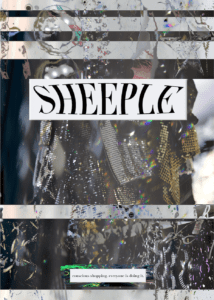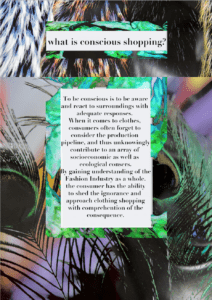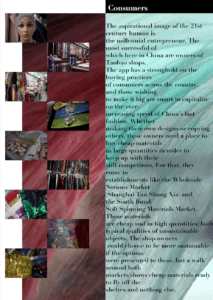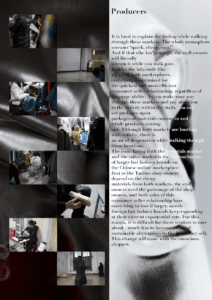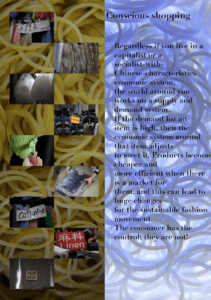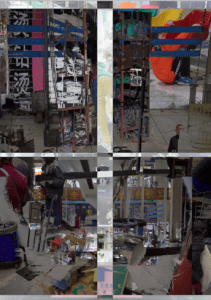After reading Eileen Fisher and Eileen Fisher INC.’s story, I was incredibly impressed by the ambitious nature of their goals and work towards sustainability. Eileen Fisher’s plan for moving towards 100% sustainability in 2020 is not only innovative, but sets a huge example towards other fashion companies within the industry. As stated by Fisher, “I believe as a business we can be a voice for change; that business can be more than about just making a profit and putting more stuff out there. We can use business to change the world, literally. We can be a force to develop and grow people, make better products, have an impact on sustainability.”
We constantly see environmental conservation groups advocating for sustainability and to manage our personal waste, however, taking an approach from the perspective of a fashion industry is especially effective. Clothing and apparel is something that every person in the world, to some degree, takes part in. By slowly moving towards a completely sustainable model, other B Corporation companies can take cues from Eileen Fisher INC, and together, they will could possibly make an effective step towards a completely sustainable industry.
